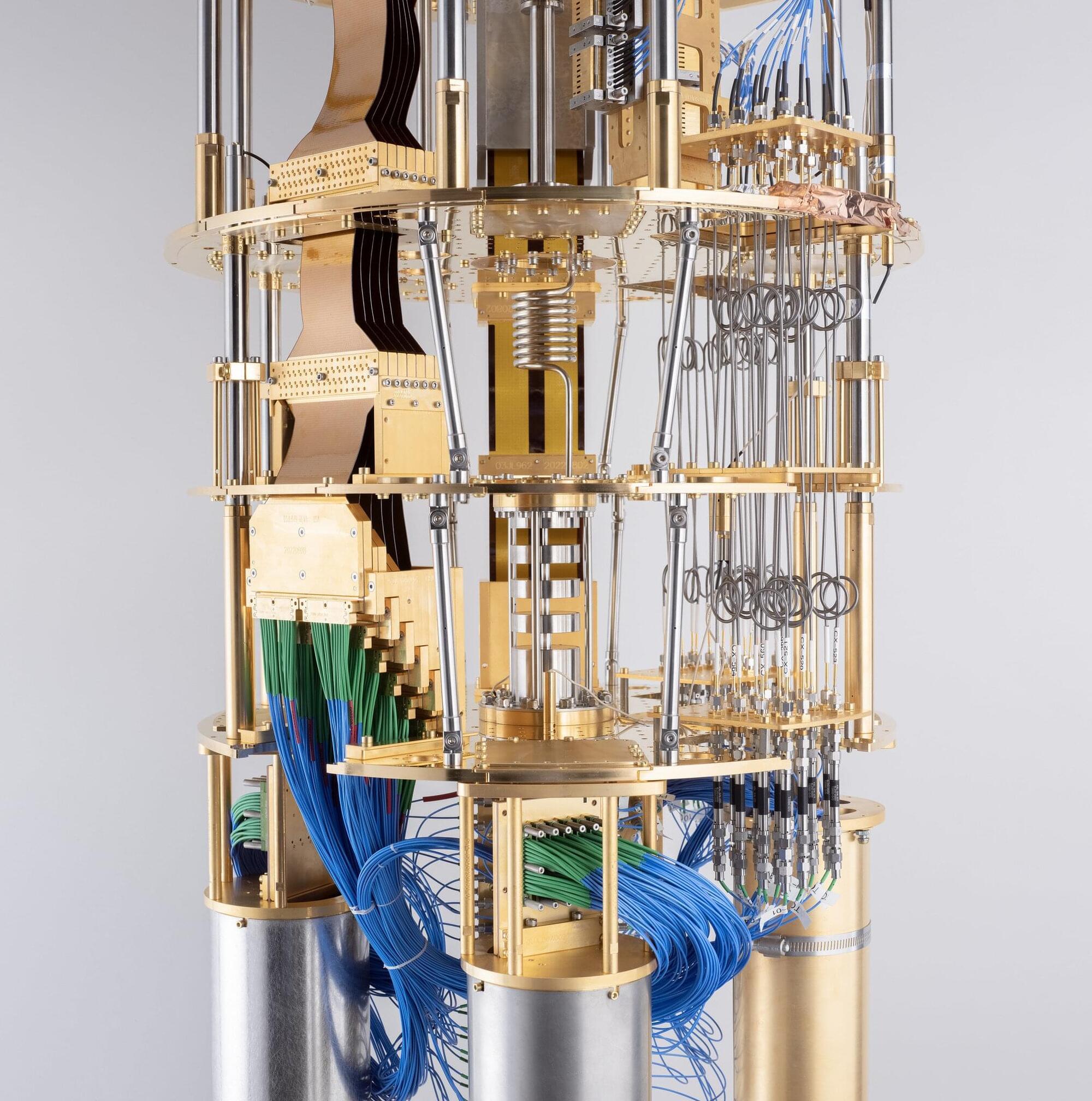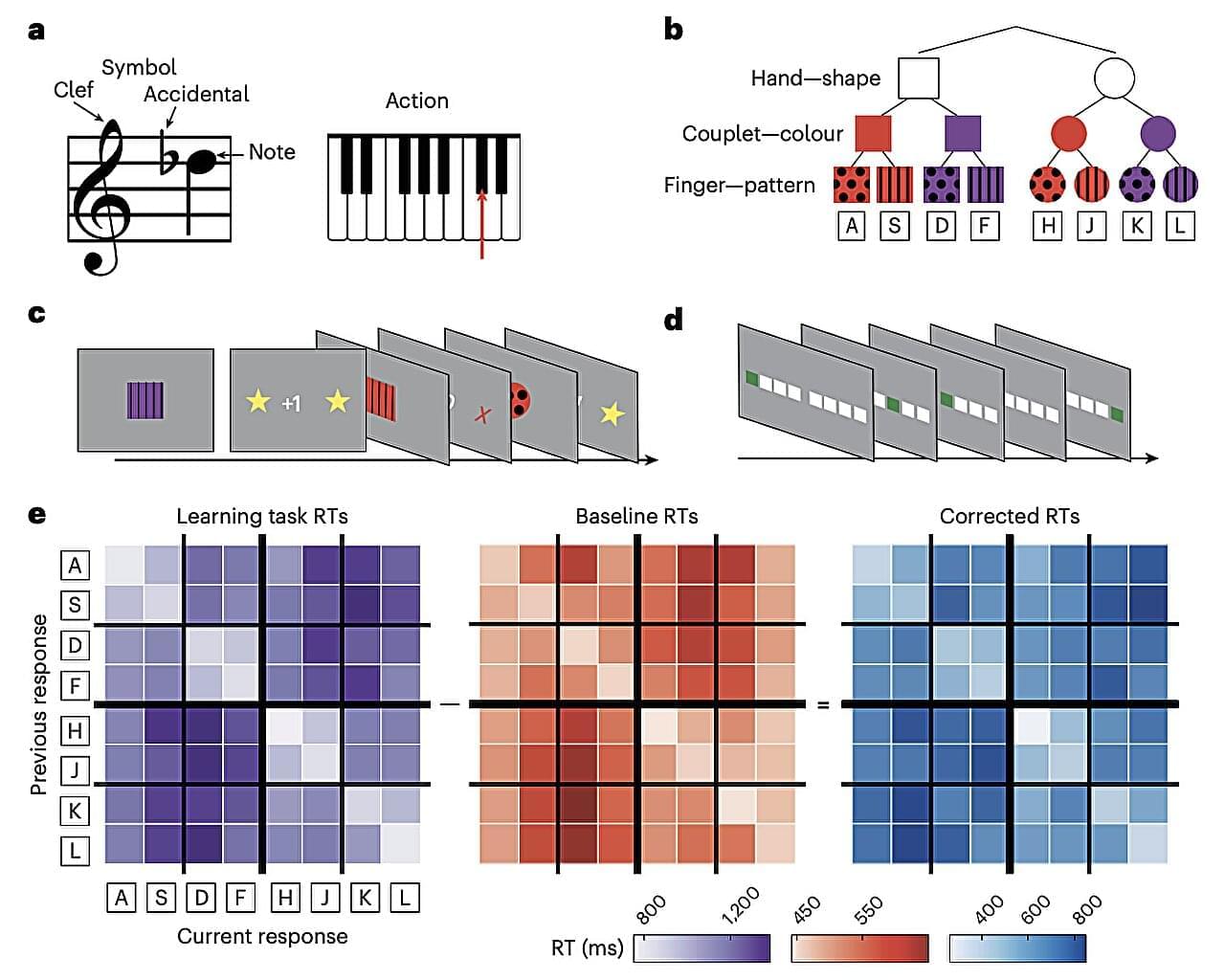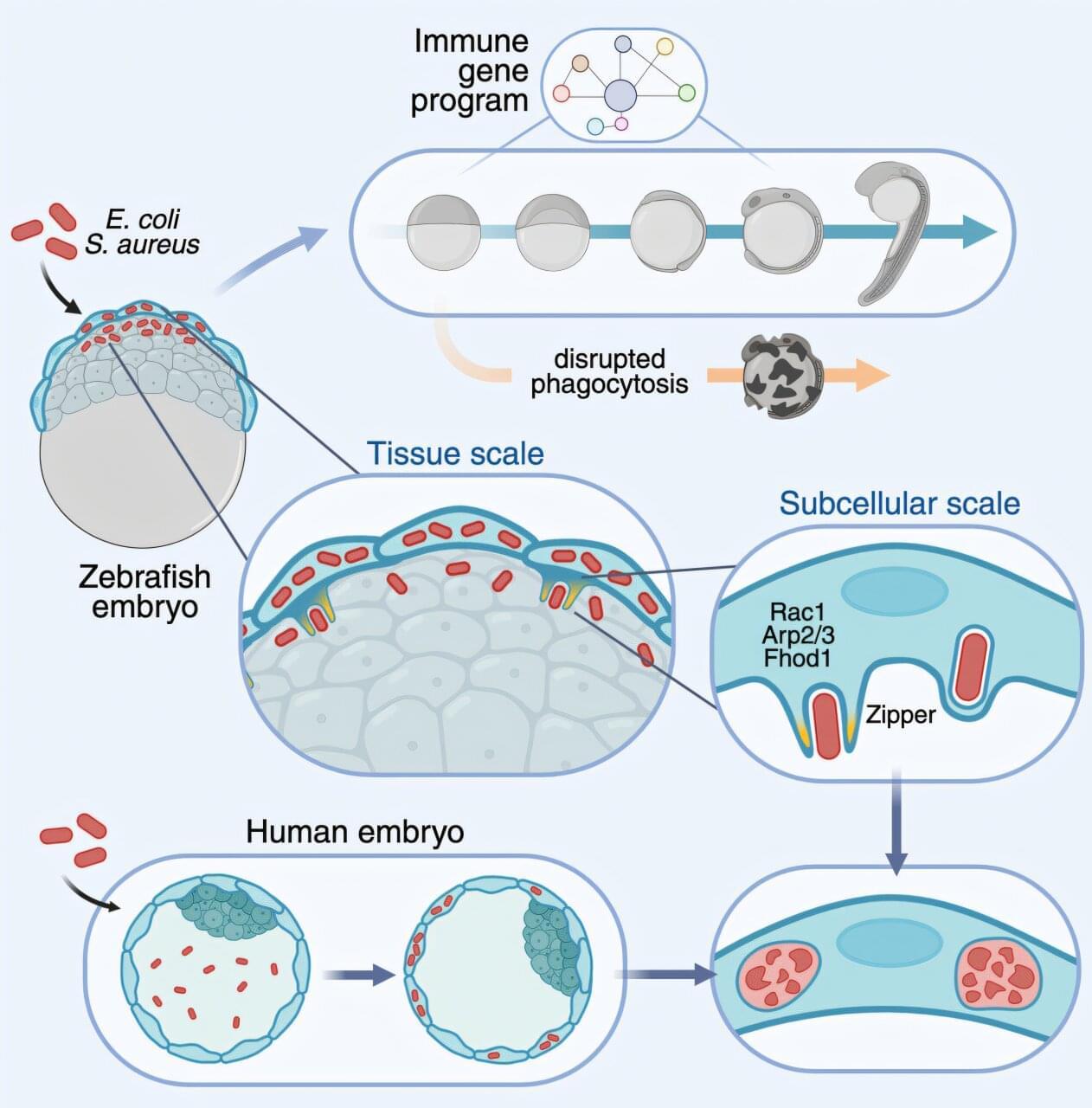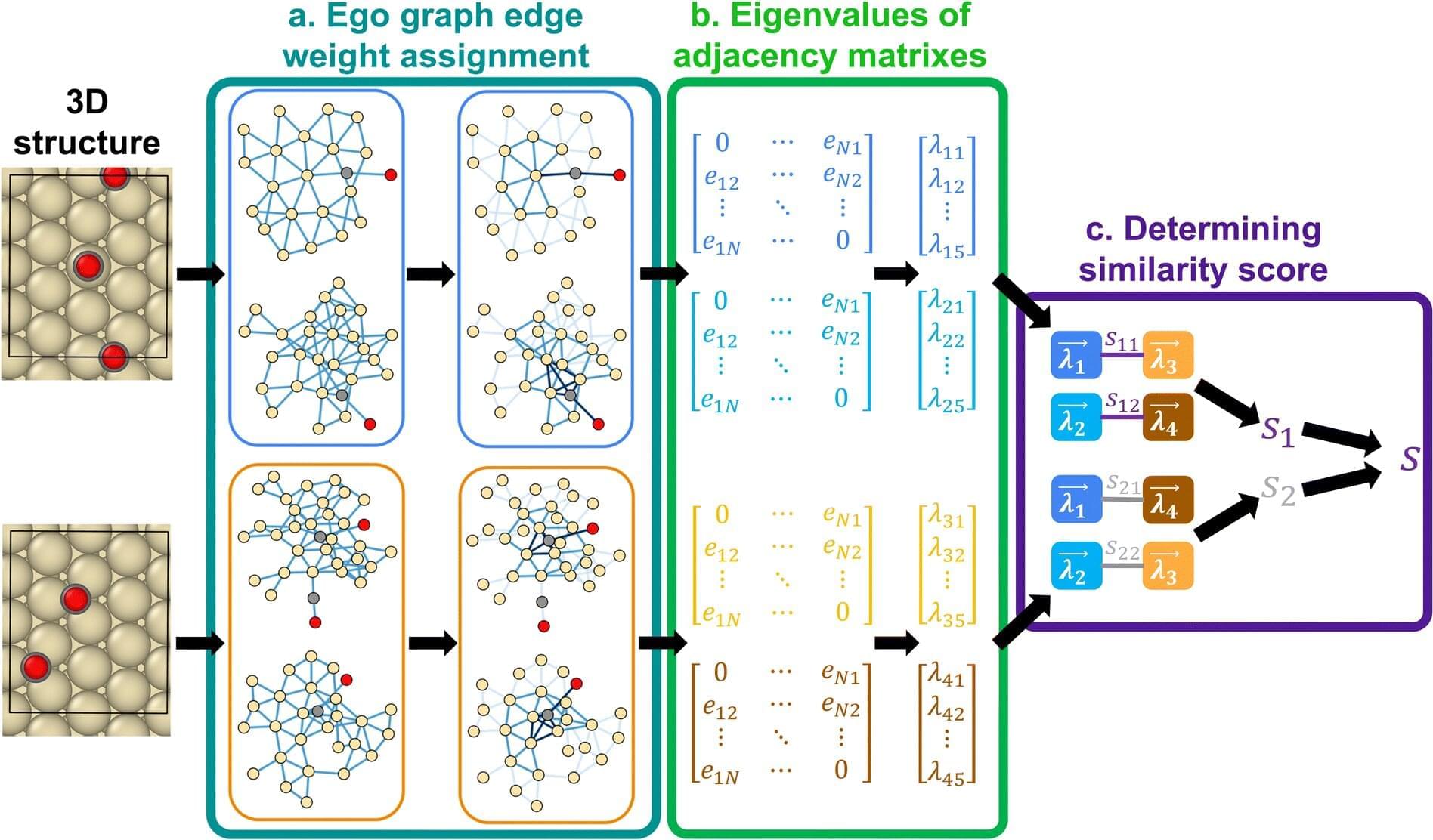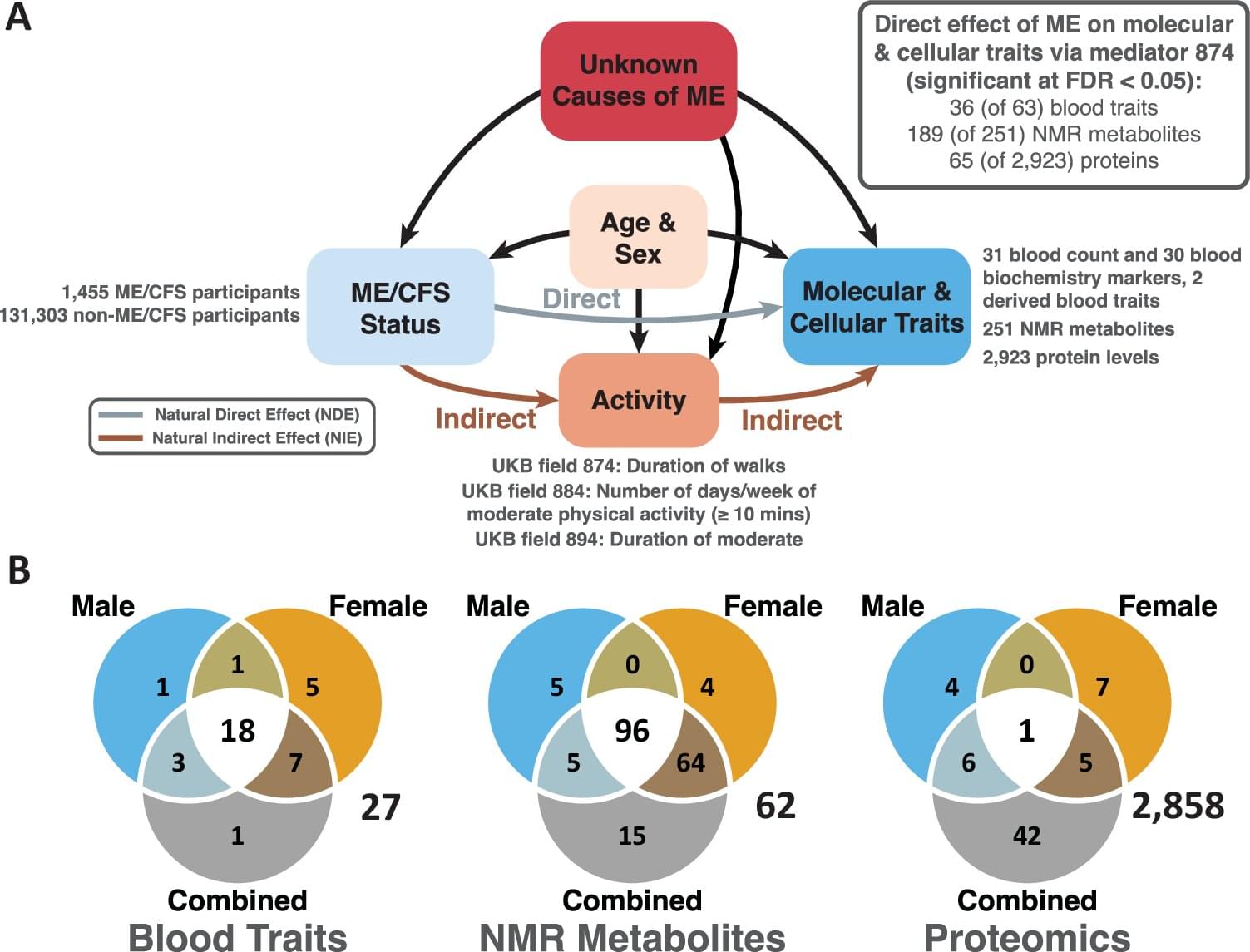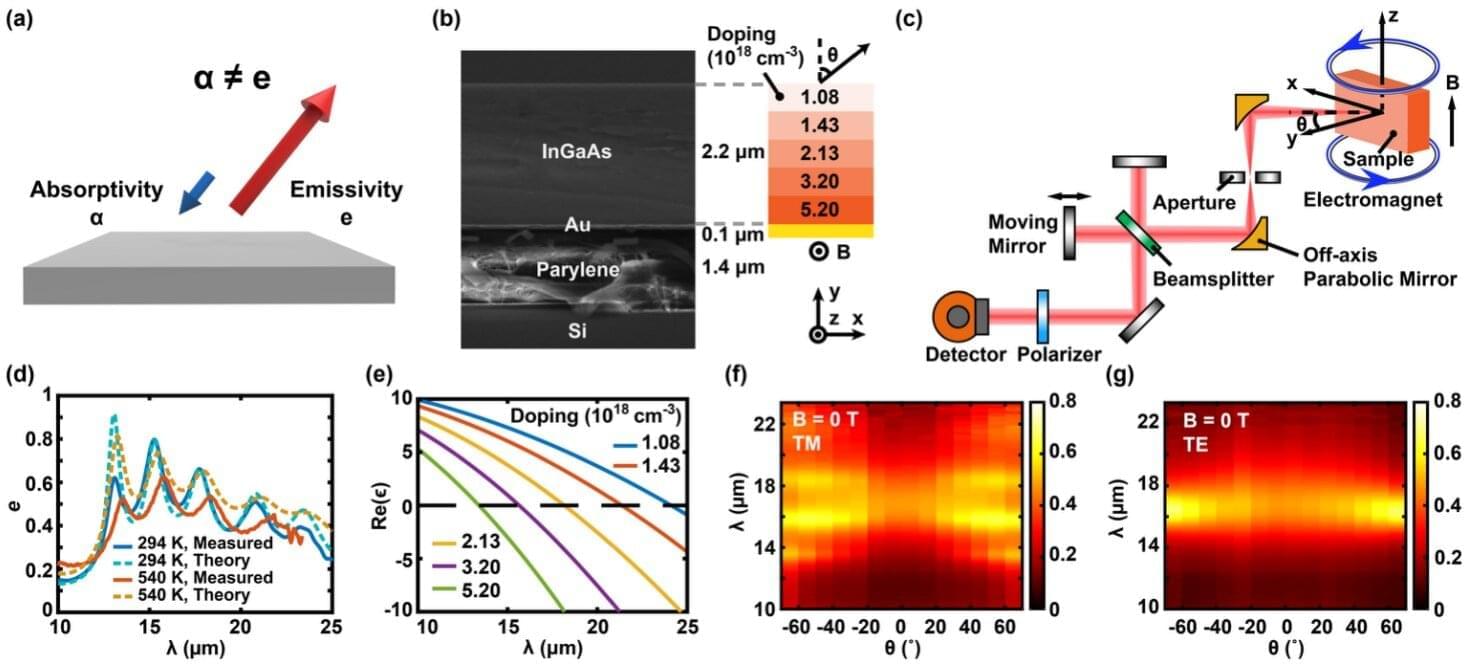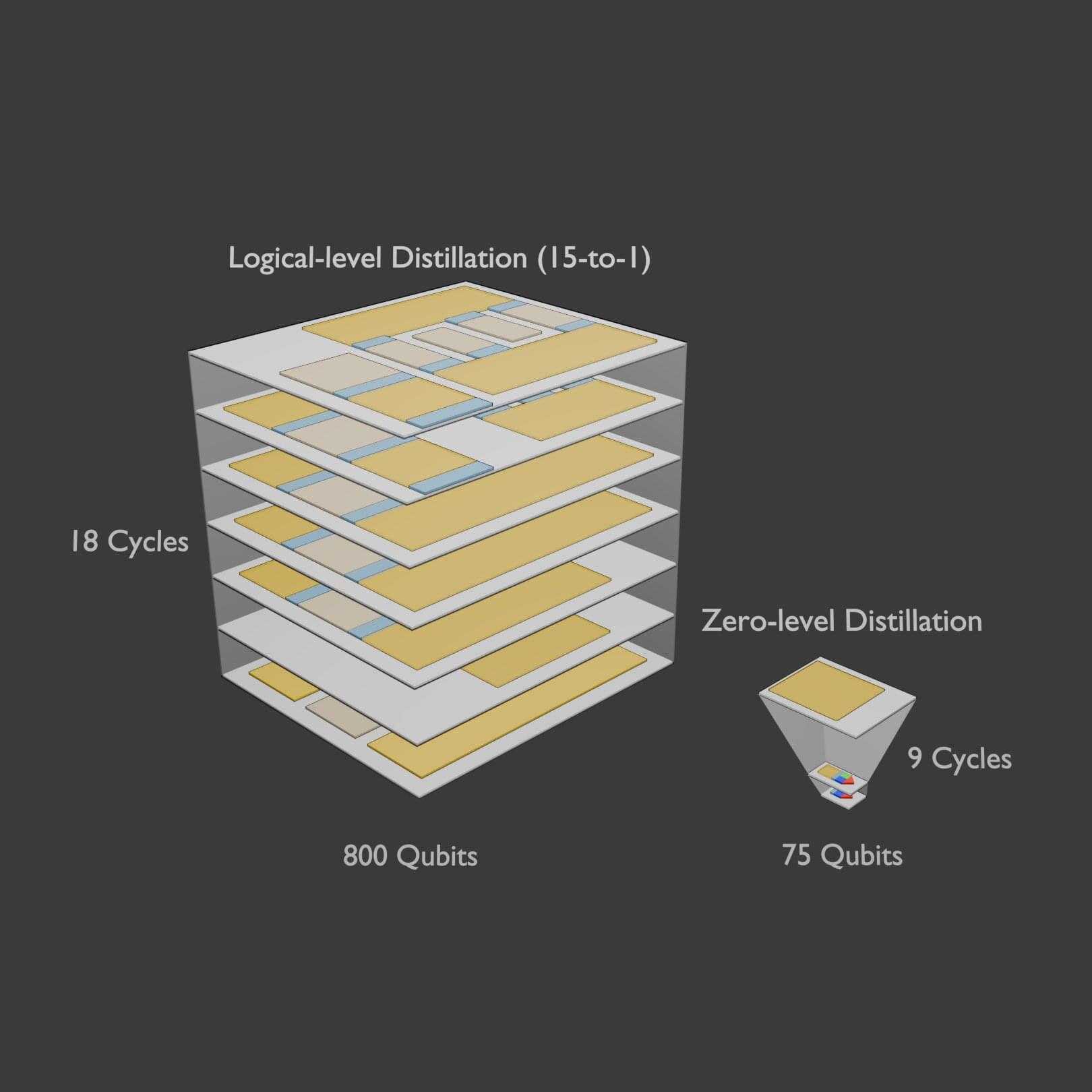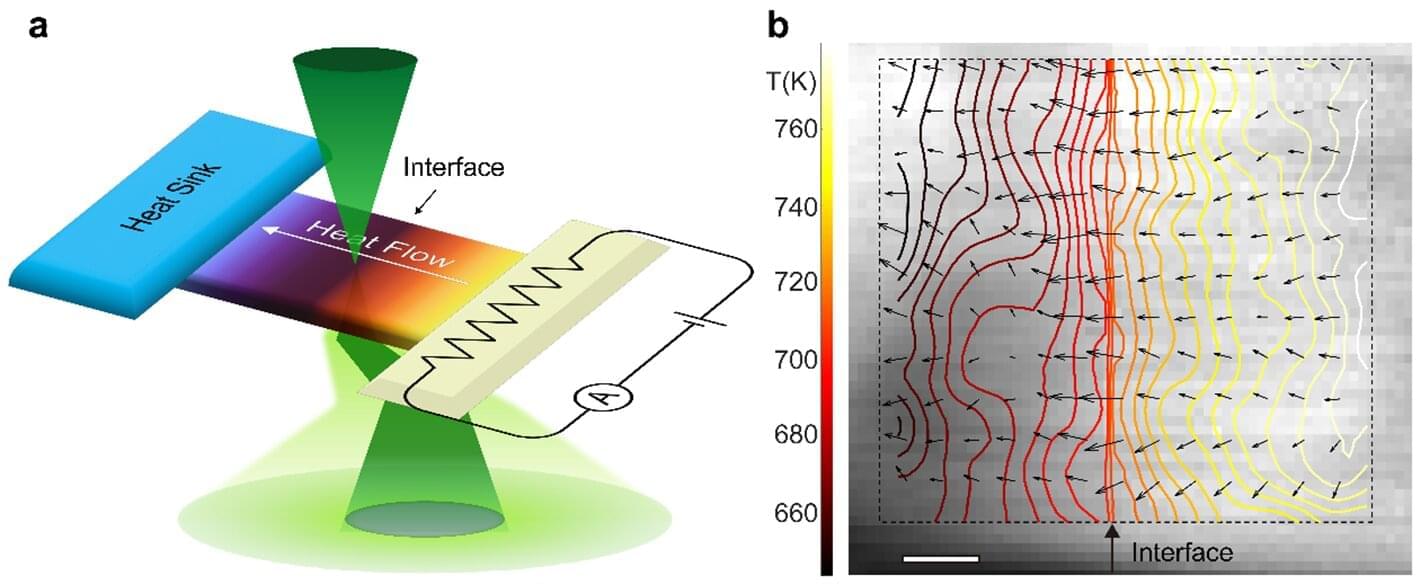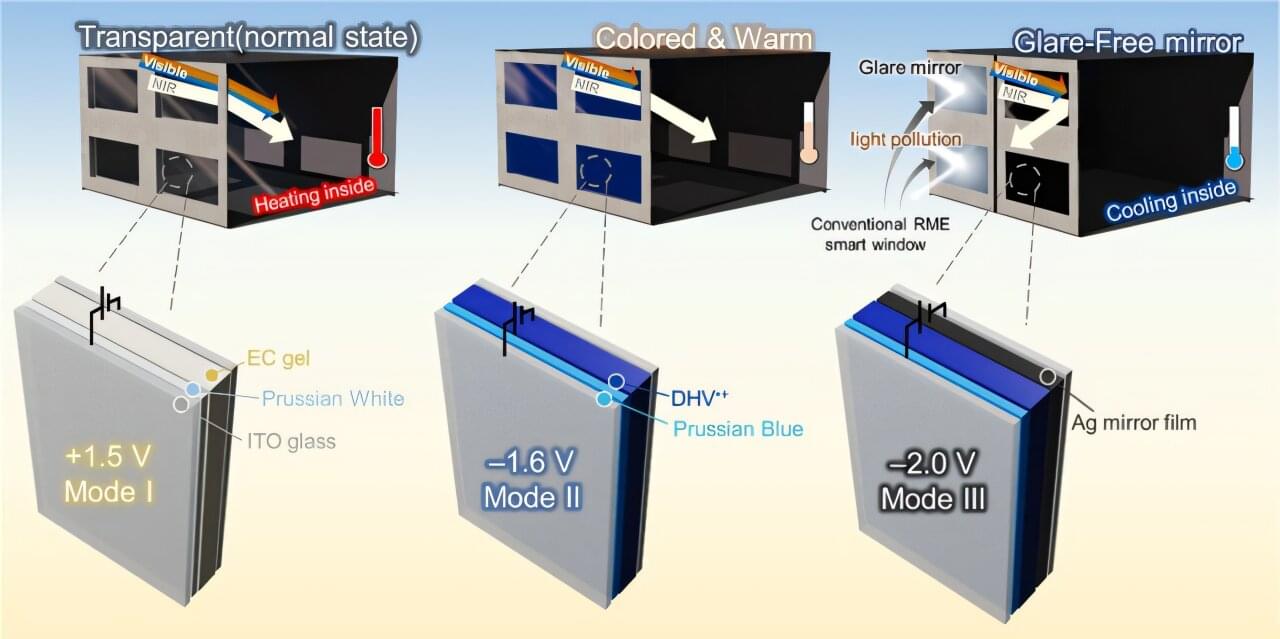Quantum computers have the potential to speed up computation, help design new medicines, break codes, and discover exotic new materials—but that’s only when they are truly functional.
One key thing that gets in the way: noise or the errors that are produced during computations on a quantum machine—which in fact makes them less powerful than classical computers —until recently.
Daniel Lidar, holder of the Viterbi Professorship in Engineering and Professor of Electrical & Computer Engineering at the USC Viterbi School of Engineering, has been iterating on quantum error correction, and in a new study along with collaborators at USC and Johns Hopkins, has been able to demonstrate a quantum exponential scaling advantage, using two 127-qubit IBM Quantum Eagle processor-powered quantum computers, over the cloud.
